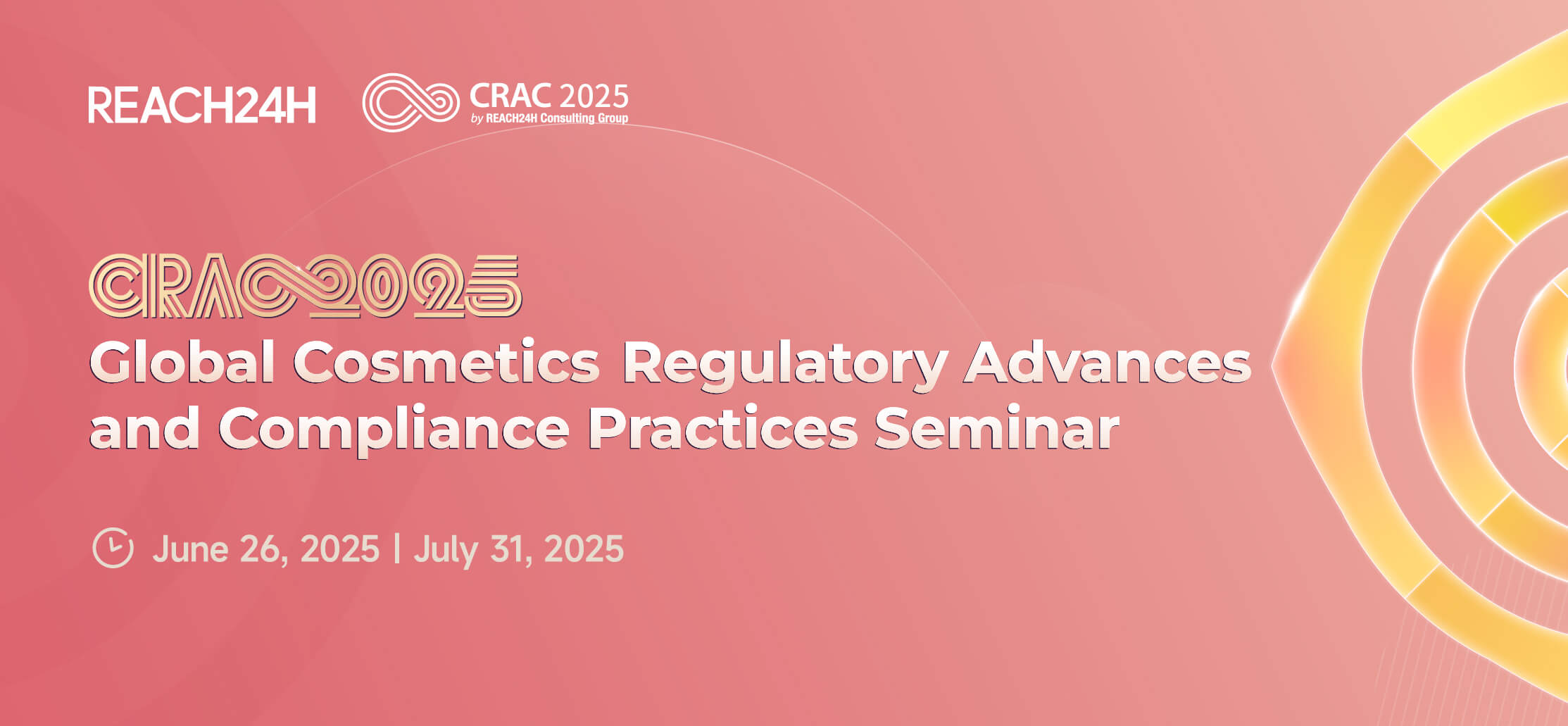Introduction
The safety assessment of cosmetic ingredients is a fundamental step in ensuring the safety of final products. With growing global emphasis on animal welfare and cruelty-free testing, regulatory bodies are increasingly incorporating non-animal testing methods into their guidelines.
China, like many other regions, has been expanding its list of alternative testing methods for cosmetic ingredients. This article explores how non-animal tests can be utilized in China’s new cosmetic ingredient (NCI) registration and notification process, the exemptions available, and the international standards guiding this transition.
Why Shift to Non-Animal Testing?
The move toward non-animal testing is driven by two key factors:
Ethical and Industry Pressure: Increasing demand from the beauty industry and consumers for cruelty-free products has prompted regulatory agencies to adopt the 3Rs principle—Reduction, Refinement, and Replacement of animal testing.
Scientific Advancements: With rapid developments in toxicological testing, regions such as the EU, the US, Canada, Norway, and Australia have mandated the use of alternative methods for cosmetic safety assessments.
China's Expanding List of Alternatives to Animal Testing
China has been making steady progress in recognizing and incorporating non-animal testing methods in its regulations:
Validated alternative methods continue to be added to the Safety and Technical Standards for Cosmetics(STSC).
The Provisions for the Management of New Cosmetic Ingredient Registration and Notification Dossiers (NMPA Announcement No. 31 of 2021, hereinafter referred to as 'the Provisions') clarifies that alternative methods for toxicological assessments can be conditionally accepted.
While China still primarily relies on animal testing data, it is actively developing a validation system for alternative methods to ensure safety and compliance.
Internationally Recognized Alternative Testing Methods
If a non-animal testing method is not yet included in China's STSC, it must be recognized by an international authoritative validation institution of alternative methods and supported by the certification documents proving its accuracy in predicting toxicological endpoints.
Accepted institutions include:
OECD (Organisation for Economic Co-operation and Development)
ICCR (International Cooperation on Cosmetics Regulation)
ICCVAM (Interagency Coordinating Committee on the Validation of Alternative Methods, USA)
EURL-ECVAM (EU Reference Laboratory for Alternatives to Animal Testing)
JaCVAM (Japanese Center for the Validation of Alternative Methods)
KoCVAM (Korean Center for the Validation of Alternative Methods)
Health Canada
The certification documents proving the method’s accuracy in predicting toxicological endpoints must include:
A summary of the research process of the alternative method.
Data from at least 10 tested substances of known toxicity.
Analysis of findings and research conclusions.
Situations Where Animal Testing Is Exempt
Despite advancements in alternative testing, not all toxicological endpoints can currently be assessed using non-animal methods. For example:
Skin photoallergy tests still lack widely accepted non-animal testing alternatives.
Systemic toxicity tests also face challenges in finding effective alternatives.
Under the Provisions, there are three situations in which NCI registration and notification can be completed without conducting animal testing:
Polymeric Ingredients (Situation 6): Polymers with specific safety profiles may not require animal testing.
Food-Safe Ingredients (Situation 5): Ingredients with a history of safe consumption and no UV absorption properties.
- Low-Risk Ingredients with International Safety Recognition (Situation 3):
Ingredients with at least three years of safe use.
No UV absorption properties.
Recognized by an international authoritative safety assessment institution or supported by human trial safety testing report that conforms to ethical conditions.
Applicability of Non-Animal Testing Methods
Non-animal methods must be applied appropriately based on the ingredient’s composition and physicochemical properties. Some key considerations include:
OECD 129: This test only serves as an initial dose-setting method for acute oral toxicity.
OECD 491: The Short Time Exposure (STE) In Vitro Test Method is not applicable if the test substance cannot dissolve in physiological saline, 5% DMSO, or mineral oil.
OECD 442C: In Chemico Skin Sensitisation - Direct Peptide Reactivity Assay (DPRA) is only suitable for single-component substances or well-defined multi-component substances.
Integrated Testing Strategies (ITS) for Comprehensive Assessment
Since a single alternative method may not be sufficient, Integrated Testing Strategies (ITS) can be used to combine different methods for a more reliable assessment. The Provisions emphasizes the importance of choosing the appropriate ITS and Integrated Approaches to Testing and Assessment (IATA) based on the ingredient’s structure and toxicological endpoints.
For example:
- Eye Irritation/Corrosion Testing:
Defined Approaches 1 (DAL-1): BCOP + RhCE.
Defined Approaches 2 (DAL-2): BCOP + STE.
- The OECD 467 guideline recommends BCOP-based combination strategies:
- Skin Sensitisation Testing:
Protein Binding Test (DPRA).
Keratinocyte Activation Test (KeratinoSens™).
Dendritic Cell Activation Assay (h-CLAT) (which does not require expert judgment).
- OECD 497 outlines three assessment strategies, including the 2 out of 3 approach, which requires at least two of the following tests:
Conclusion
As China continues to expand its recognition of non-animal testing methods, businesses aiming for cruelty-free compliance should stay updated on regulatory developments and the validation of new alternative testing methods. Industry collaboration plays a crucial role in accelerating the research and acceptance of effective alternatives, paving the way for a more ethical and scientifically advanced approach to cosmetic safety assessments.
For brands committed to cruelty-free product testing, keeping an eye on these developments in alternative methods will be essential to aligning with China’s evolving regulatory landscape.





